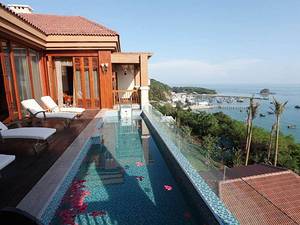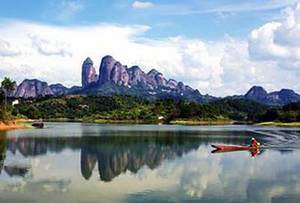Dragon Elephant Pagoda, Ascend to the Pinnacle for a Panoramic City View
4.9
Introduction

Opening hours 06:00-24:00 (Monday-Sunday, January 1-December 31)
Transportation Take bus No. 10, 34, 33, 601, or the Guangxi Ethnic Museum Special Line, etc.
 You can see a beautiful view
You can see a beautiful view



















